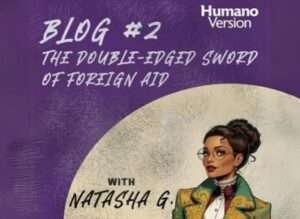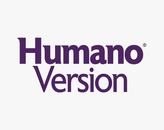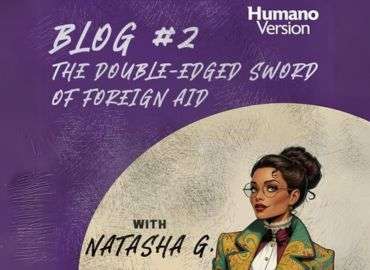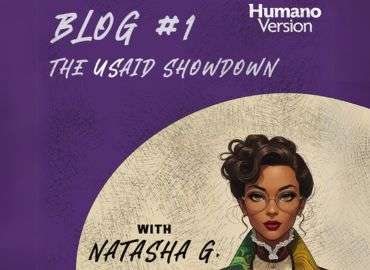
Foreign aid is often framed as a benevolent lifeline, a means of helping struggling nations develop and thrive. Yet history tells a different story—one where aid is less about altruism and more about influence, power, and geopolitical maneuvering. The United States Agency for International Development (USAID), America’s primary international aid organization, stands at the center of this narrative. Its track record is riddled with instances of political interference, ideological impositions, and, at times, the funding of groups with questionable affiliations.
Trump’s War on USAID: A Political or Necessary Move?
Former President Donald Trump has long viewed illegal migration as a top national security threat, but few expected his administration to target USAID. Yet that is precisely what happened. USAID’s funding was frozen, its website taken down, and staff placed on leave. Trump’s justification? He claimed the agency had been hijacked by what he called “radical left lunatics.” While this framing may seem politically charged, a closer look at USAID’s operations suggests there is more beneath the surface.
The Dark Side of USAID: When Charity Becomes a Cover
Far from being a simple humanitarian organization, USAID has often operated as a covert extension of U.S. foreign policy. In some cases, its funds have indirectly supported extremist organizations. A glaring example is the agency’s financial connections to FIF, a Pakistani organization linked to Lashkar-e-Taiba—the very group behind the deadly 2008 Mumbai attacks. Despite an internal probe flagging the funding, the money kept flowing, raising the question: Was this an oversight or a deliberate maneuver?
Beyond indirect terror funding, USAID has played an active role in political meddling. In Cuba, the agency created Zunzuneo, a social media platform designed to stir dissent among Cuban youth and spark anti-government protests. In Bolivia, it funded opposition groups to undermine then-President Evo Morales, ultimately leading to its expulsion from the country in 2013. And in Peru, USAID-backed sterilization programs led to the forced sterilization of around 200,000 women in the 1990s—a grim chapter in the history of foreign aid.
Aid with Strings Attached: The U.S. Imposition of Ideology
If USAID’s covert operations weren’t concerning enough, its overt ideological influence is equally troubling. American foreign aid is rarely given freely; it often comes with conditions that align with U.S. policy goals. Take Brazil, for instance. In 2005, the country rejected $40 million in U.S. funding to combat AIDS because the money came with a catch—Brazil had to adopt anti-abortion and abstinence policies, a condition imposed by then-President George W. Bush. More recently, under President Joe Biden, USAID allocated funds toward promoting diversity, equity, and inclusion (DEI) policies worldwide, with millions spent on transgender operas, DEI musicals, and workplace reforms in countries where such priorities may not align with local values.
South Asia’s Opportunity in USAID’s Retreat
With Trump’s freeze on USAID funding, many countries, particularly in South Asia, face a turning point. For years, nations in the region have depended on either Chinese loans or U.S. aid—both of which come with immense baggage. This moment presents an opportunity for entities like BRICS to step up and offer alternative assistance models that prioritize genuine development over political leverage.
However, BRICS must tread carefully. The history of foreign aid is fraught with cautionary tales. Assistance must be provided without coercion or hidden agendas. If BRICS truly seeks to establish itself as an alternative global force, it must break away from the exploitative aid models of the past and champion an approach that respects sovereignty while fostering real progress.
Final Thoughts: Rethinking Foreign Aid
USAID’s global footprint has been vast, but its legacy is complicated. While it has undoubtedly provided crucial aid in times of crisis, its deep entanglement with U.S. geopolitical strategies raises serious ethical concerns. Aid should empower nations, not undermine them. As the world recalibrates its approach to foreign assistance, one thing is clear—charity should serve the people, not politics. The question remains: Can a new model of international aid emerge, one that prioritizes genuine development over dominance?



